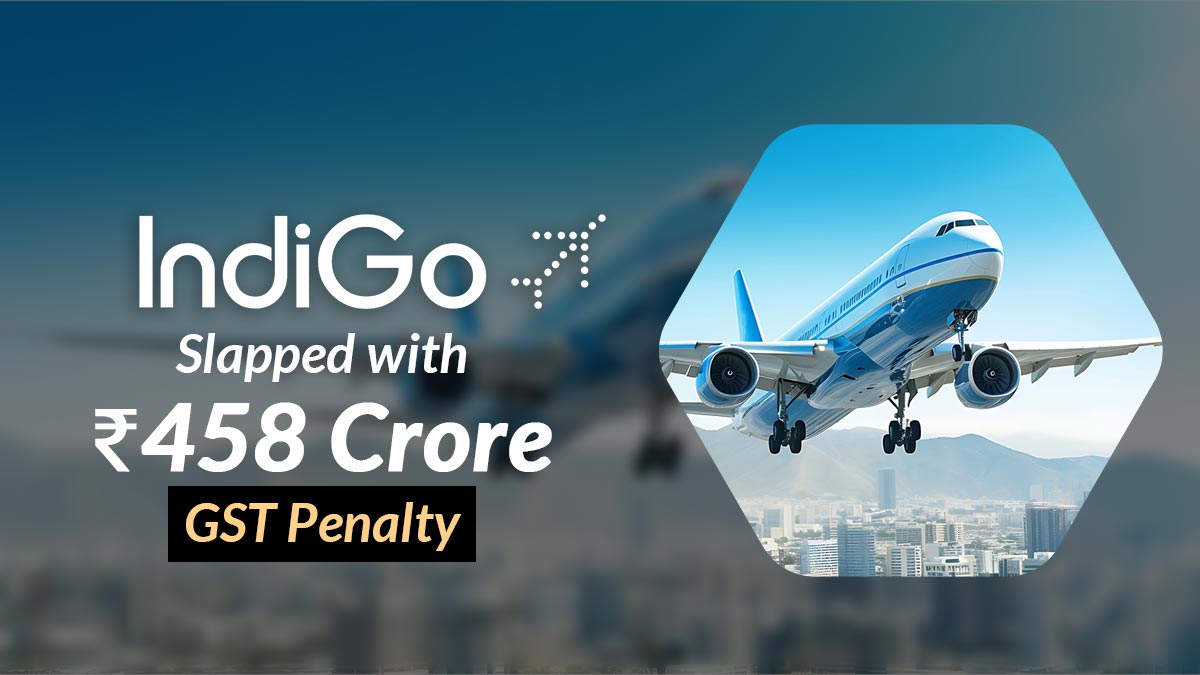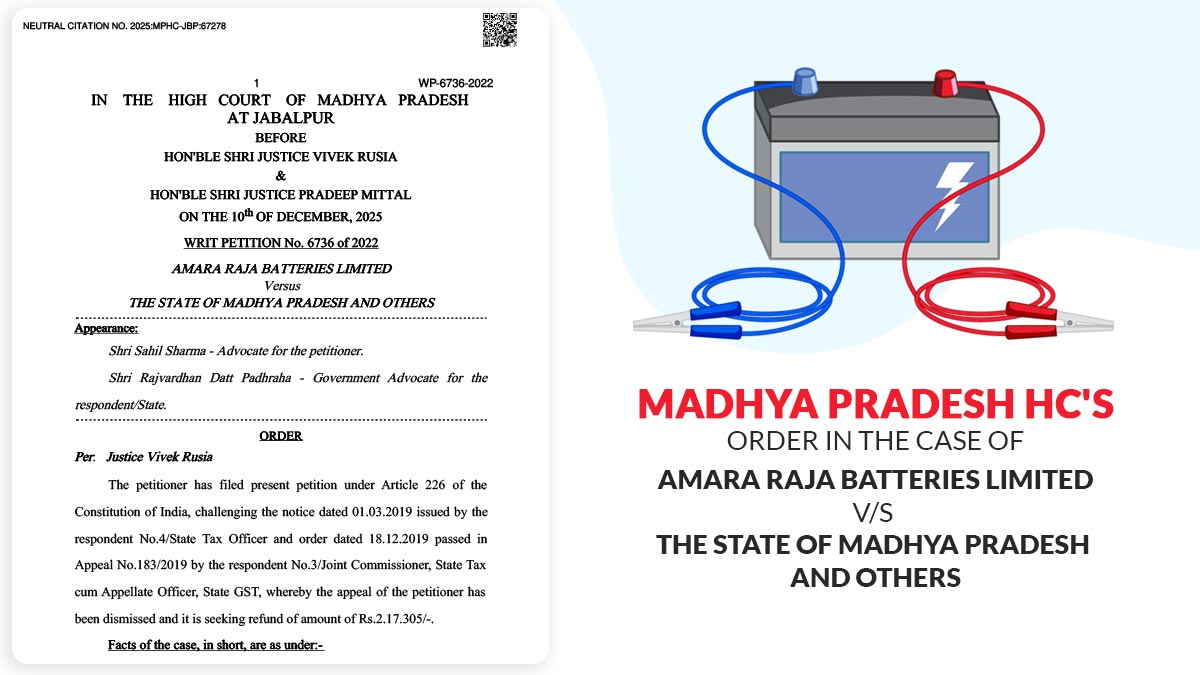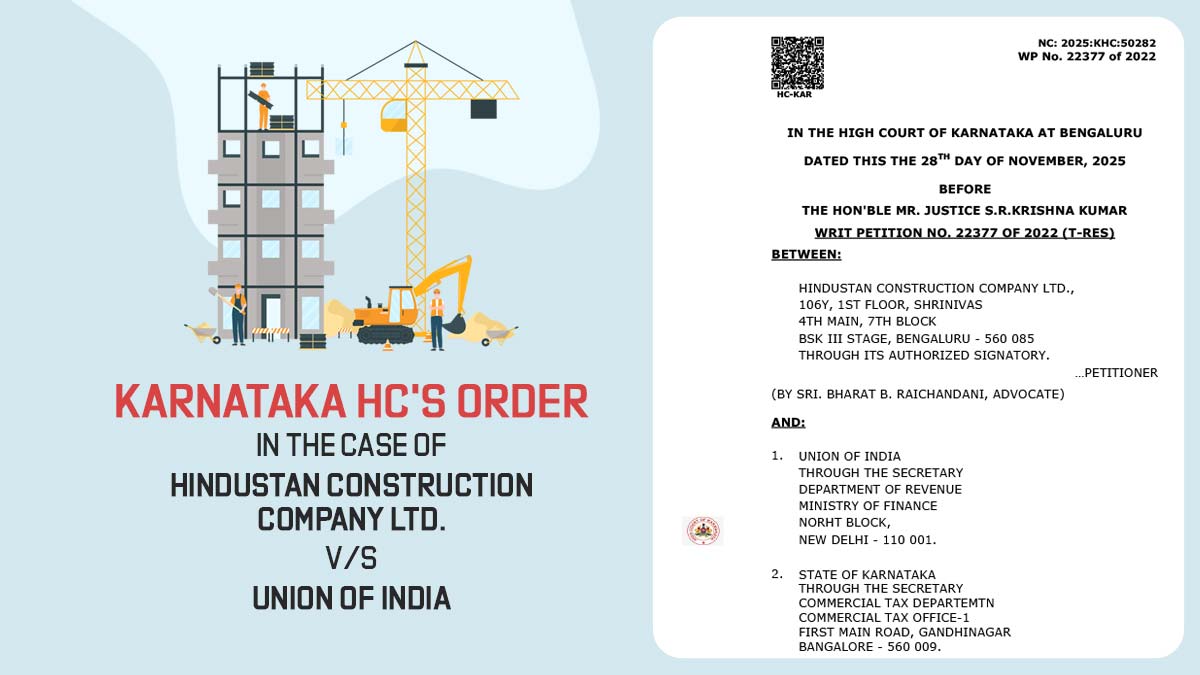GST – one country one tax has brought uniformity in the taxation system which led to the decrement in U.P.’s total GST revenue shortfall from 20% of last year from July to march to 10% of this fiscal year from April to December when Delhi required Rs 2,971 crore as GST compensation from the Centre which is nine times more than the amount received in 2017-18 (July-March) while UP has utterly defeated its GST shortfall this fiscal in spite of the fact that deficit was as high as Rs 2,432 crore as compared to last year.
This has brought big-eyed variation between the neighbouring U.P. and Delhi.
What led to this contrast? The shifting back of offices and businesses from Delhi to U.P. due to the end of “arbitrary” which pre-existed in Delhi prior to GST when the VAT (taxes) in Delhi was just 5% while in other states it was 12 %, has generated this contrast.
Read Also: GST vs VAT: Simple Way to Describe the Differences
“In pre-GST regime, many companies would transfer stocks from neighbouring states with 12% VAT to Delhi with typically 5% VAT. This transfer would be shown as an inter-branch transaction, and the sale of the stock from Delhi would attract lower tax. However, with GST making a single tax rate across the country a reality, firms are abandoning the practice,” Vishal Raheja, DGM, GST, Taxmann, admitted.
Government official says that the elimination in GST deficit is not just the outcome of the uniform taxes budded out of GST but also the strict action implemented by the U.P tax officials which includes the introduction of e-way bill systems backed by mandatory RFID (radio frequency identification device) tag and imposition of fines on transporters who try to evade the taxes.
Delhi acquired a small GST value because of the faded tax base consisting of the wholesale traders whose annual turnover shrunk to quarter as compared to last year, as reported by a casual source.
“Earlier, retailers or wholesalers from UP, Bihar and other states found it easier to procure from dealers in Delhi as it was cumbersome for them to directly deal from manufacturers. However, its easier for a manufacturer under GST to identify the dealers based on GST identification — which eliminates the need for KYC verification — and supply directly to them,” Rajat Mohan, partner, AMRG & Associates detailed.
At the same time, he brought our attention to the fact that U.P. officials kept an eagle eye on transporters for breaching the law of e-way bill and claimed penalty from them even when the destination of the cargo was other states. These strict actions brought instant revenue but lead to many disputes also which may become a headache for state officials in case it is discovered in opposition to the court rulings.
Recommended: AAR Exempts Consolidated Firm (As A Going Concern) From GST
Under the GST regime which ensures 14% annual growth over the 2015-16 base year, the total revenue to be protected of states and Union territories is 42,979 crore for FY18 and 48,999 crores, for FY19.










